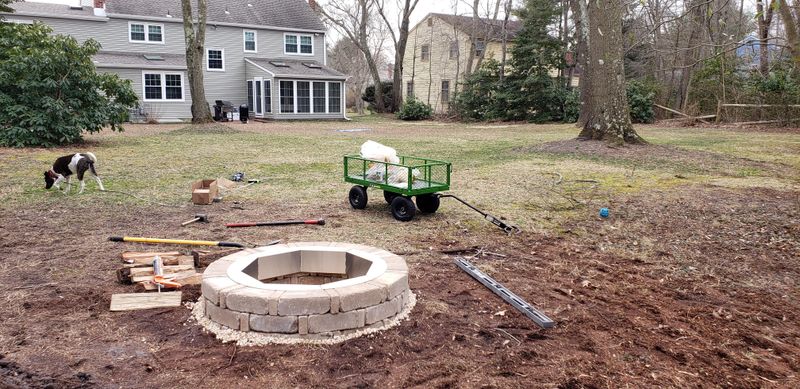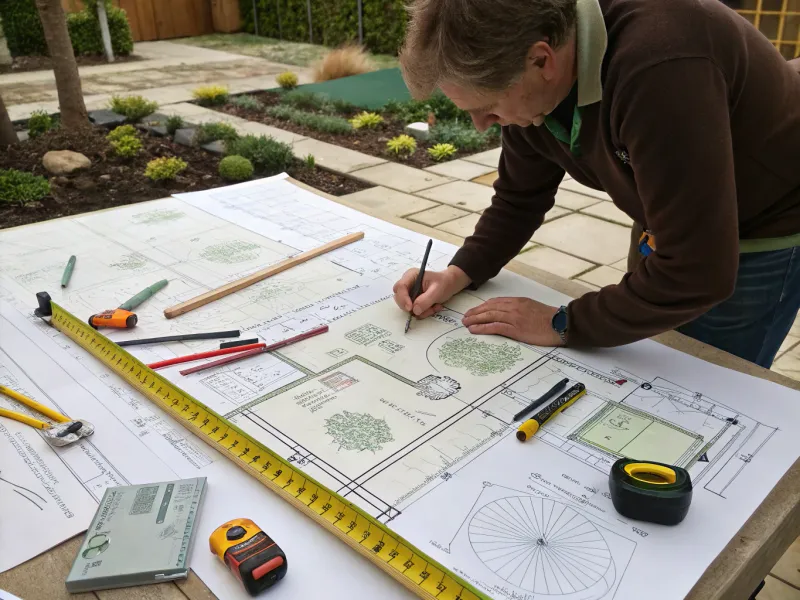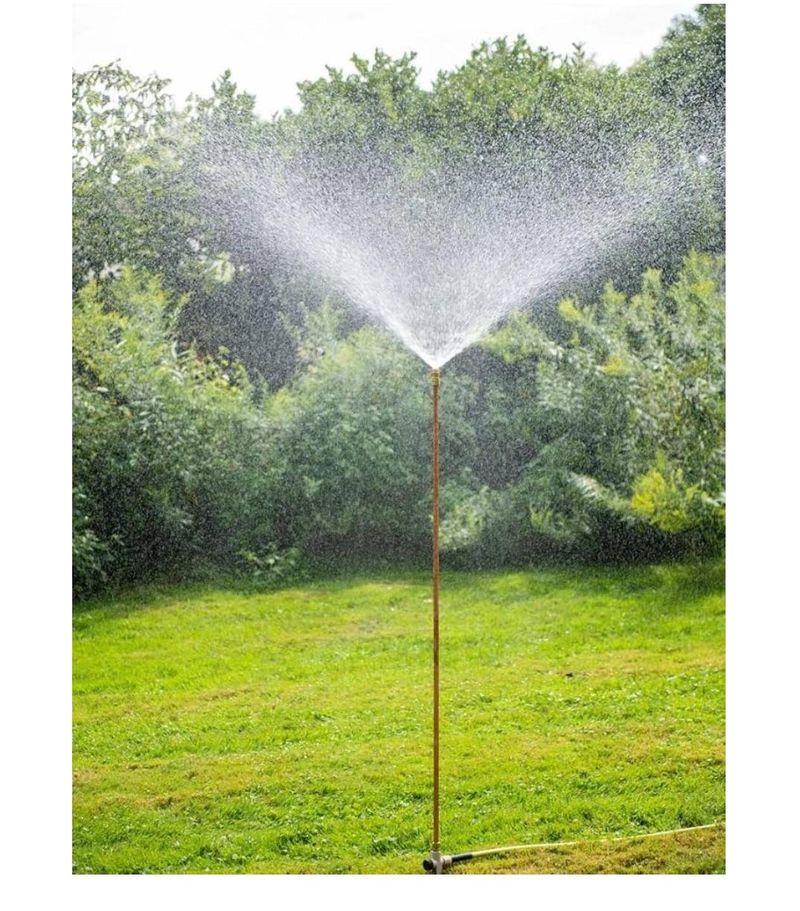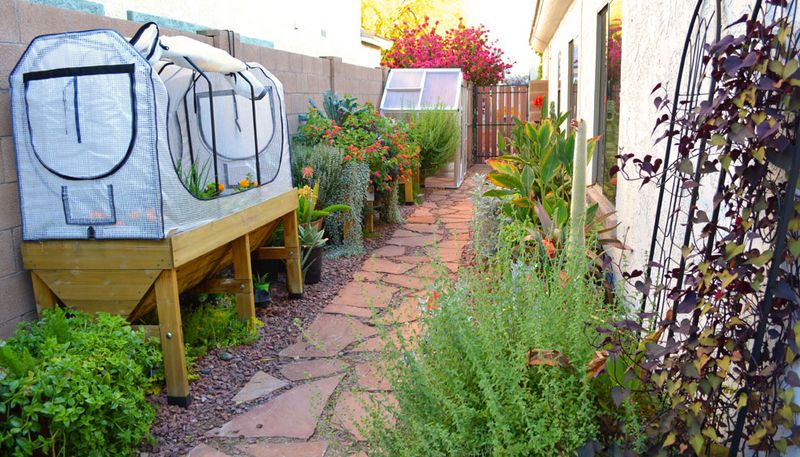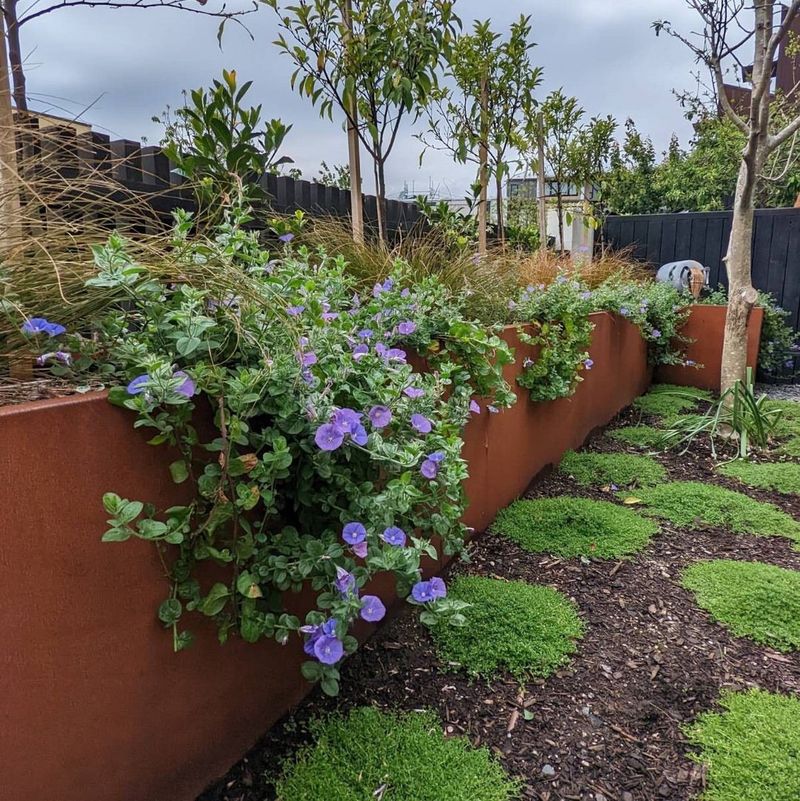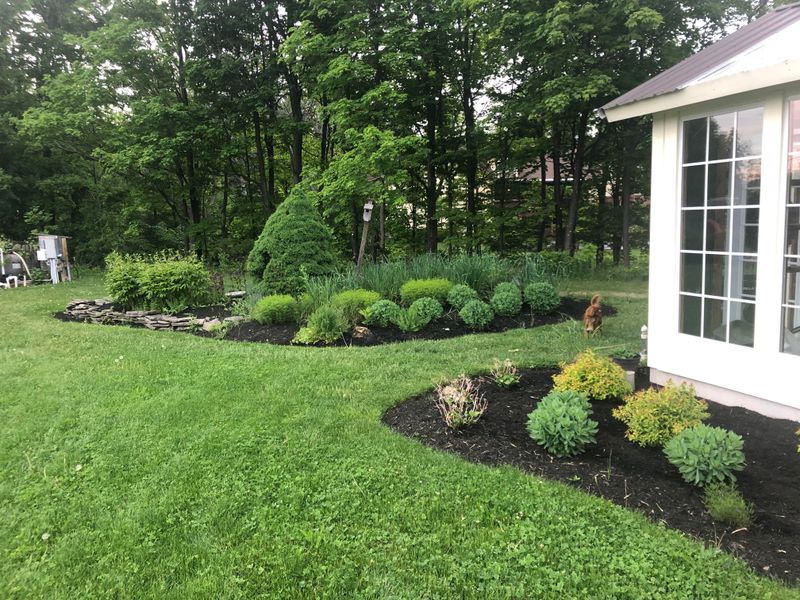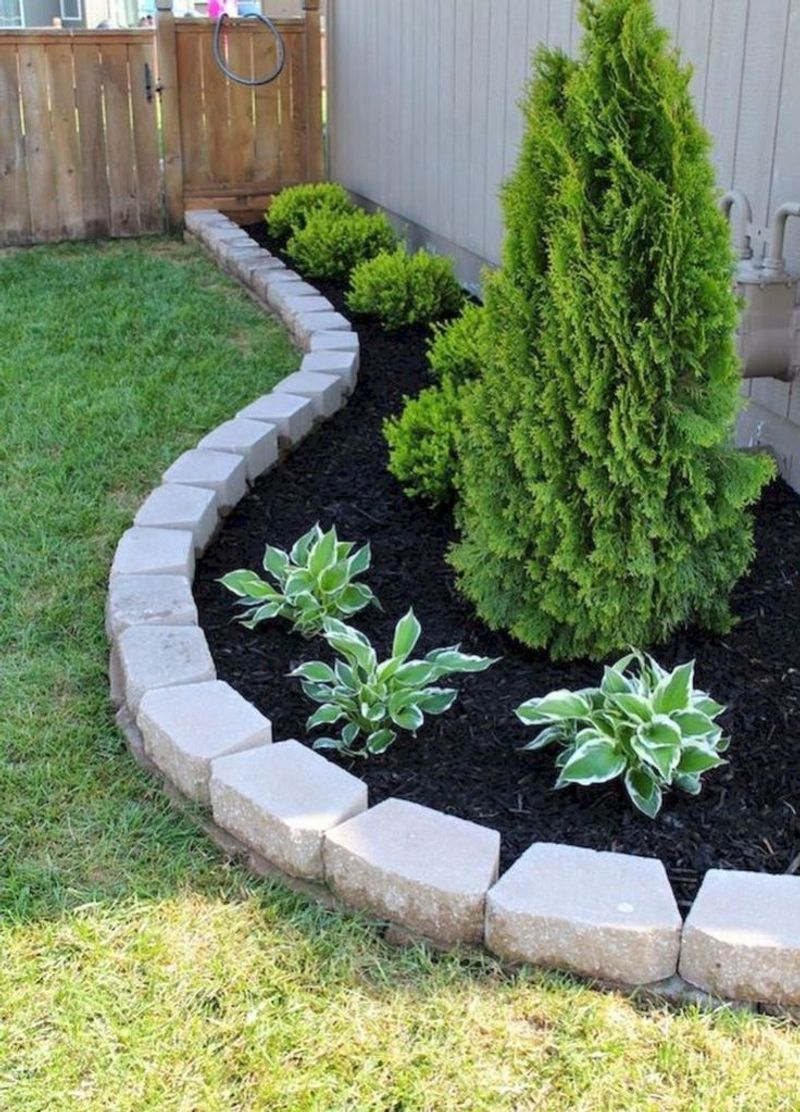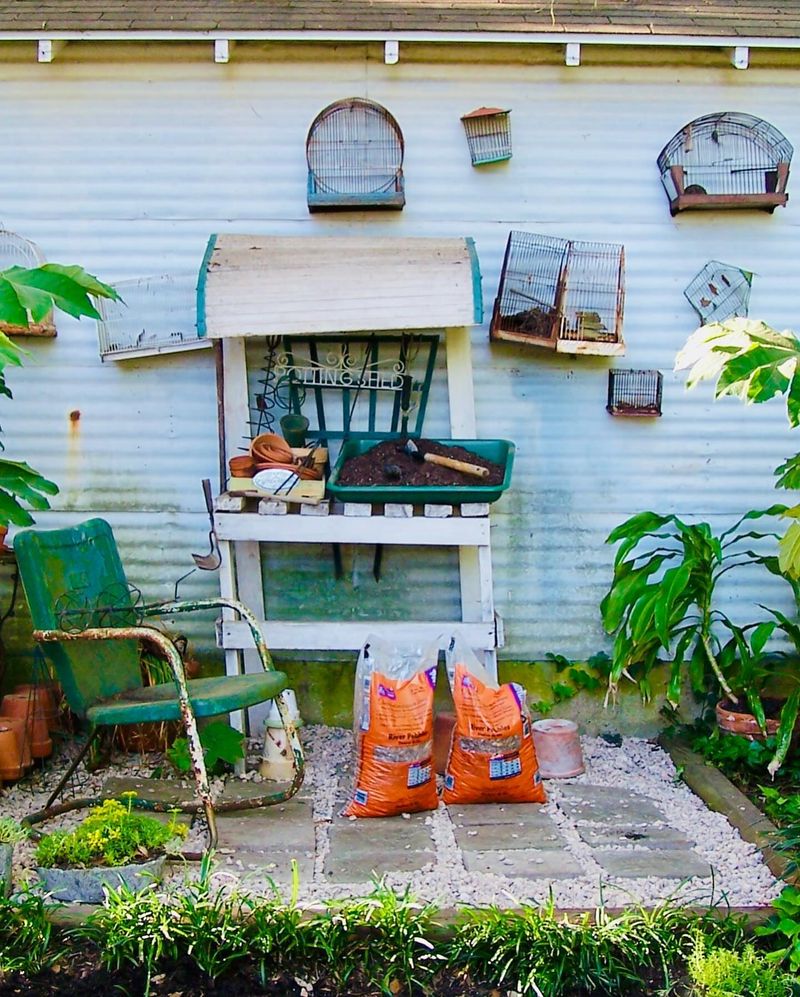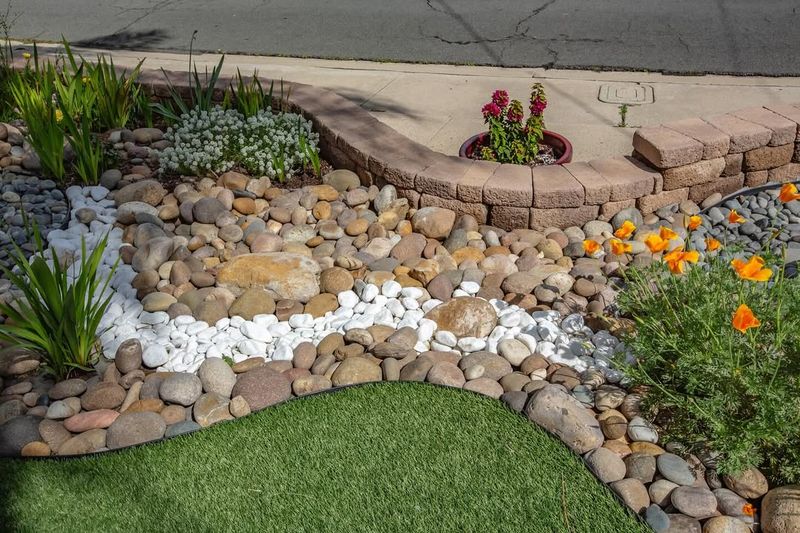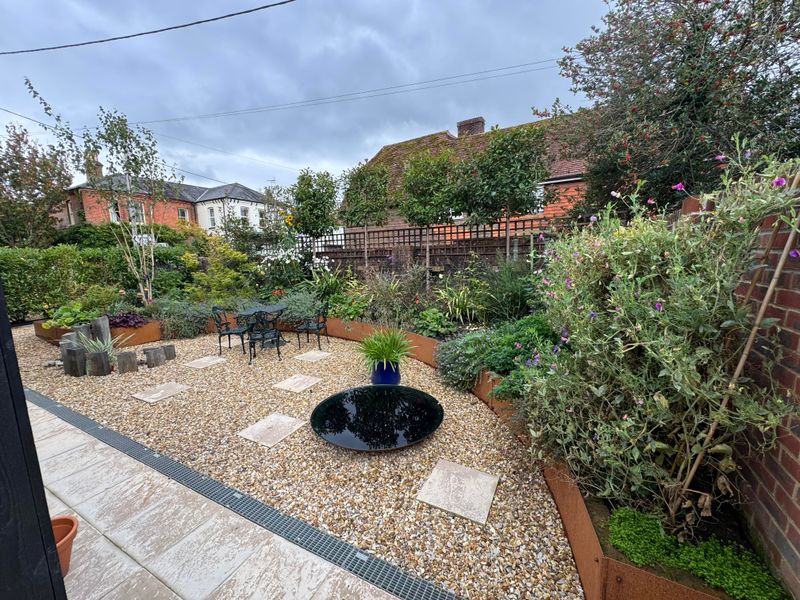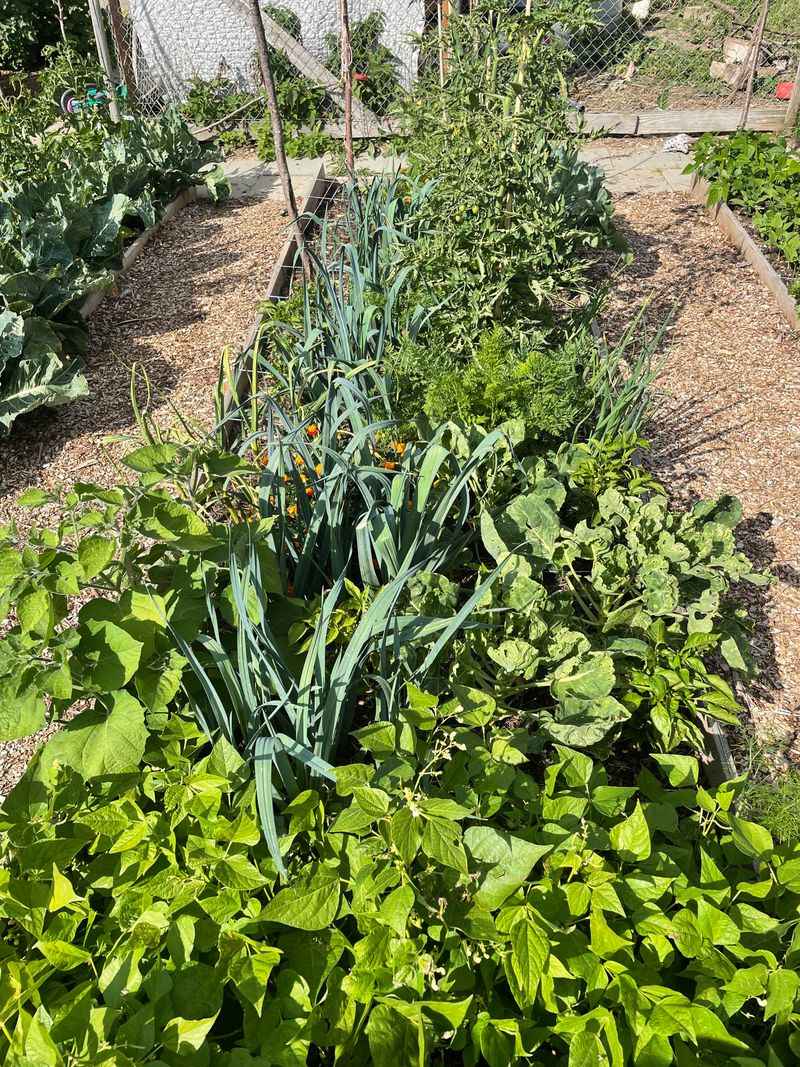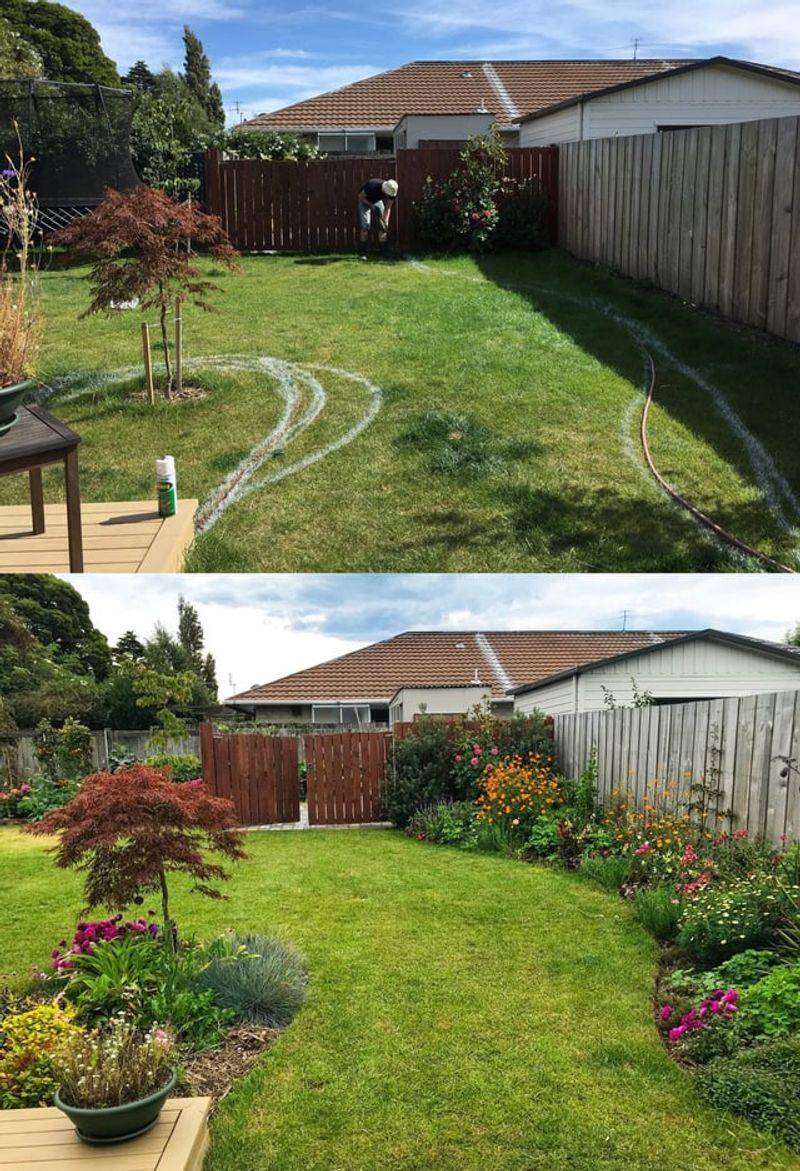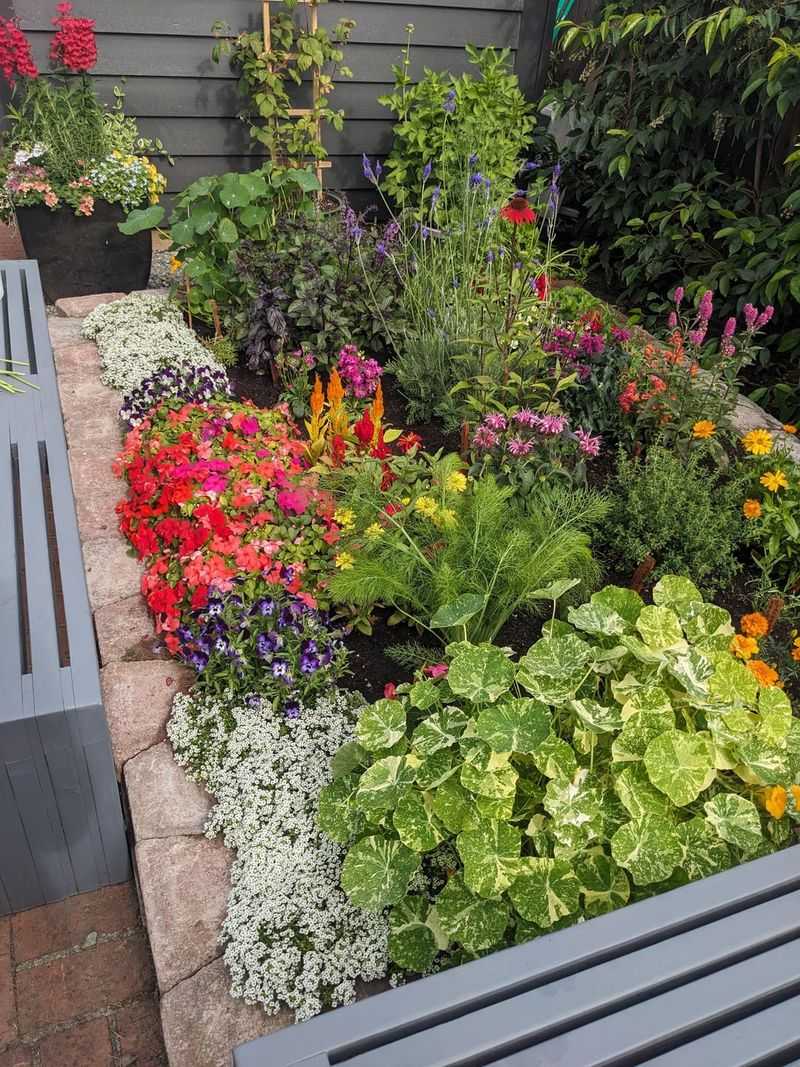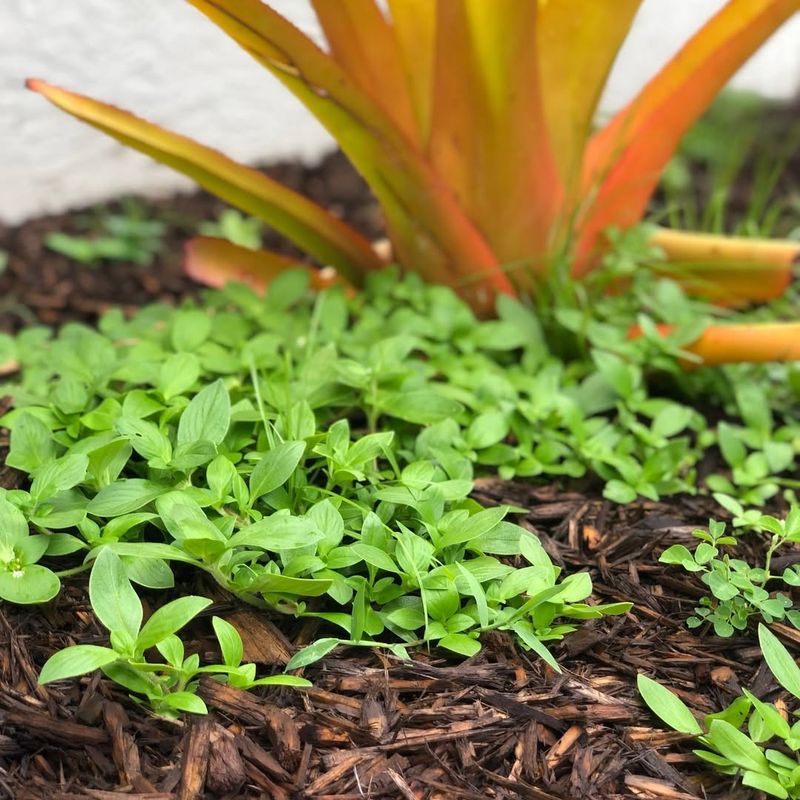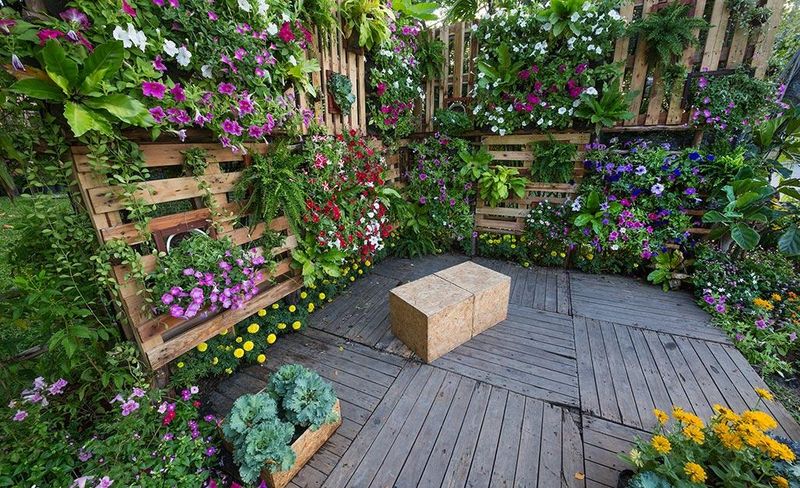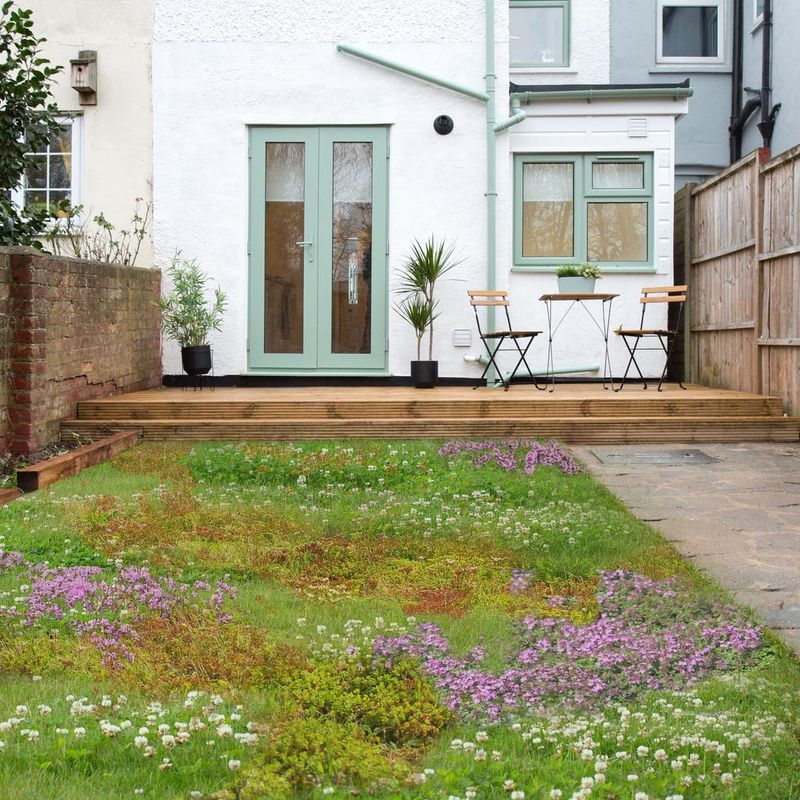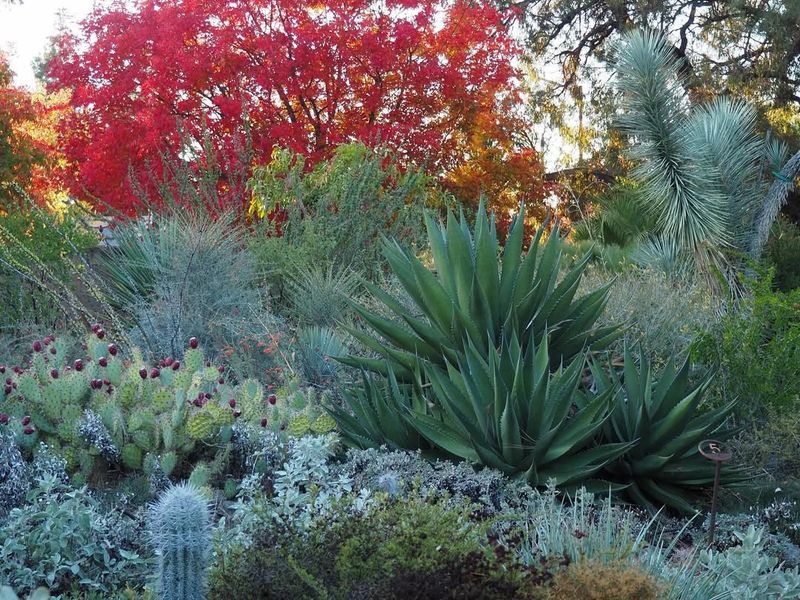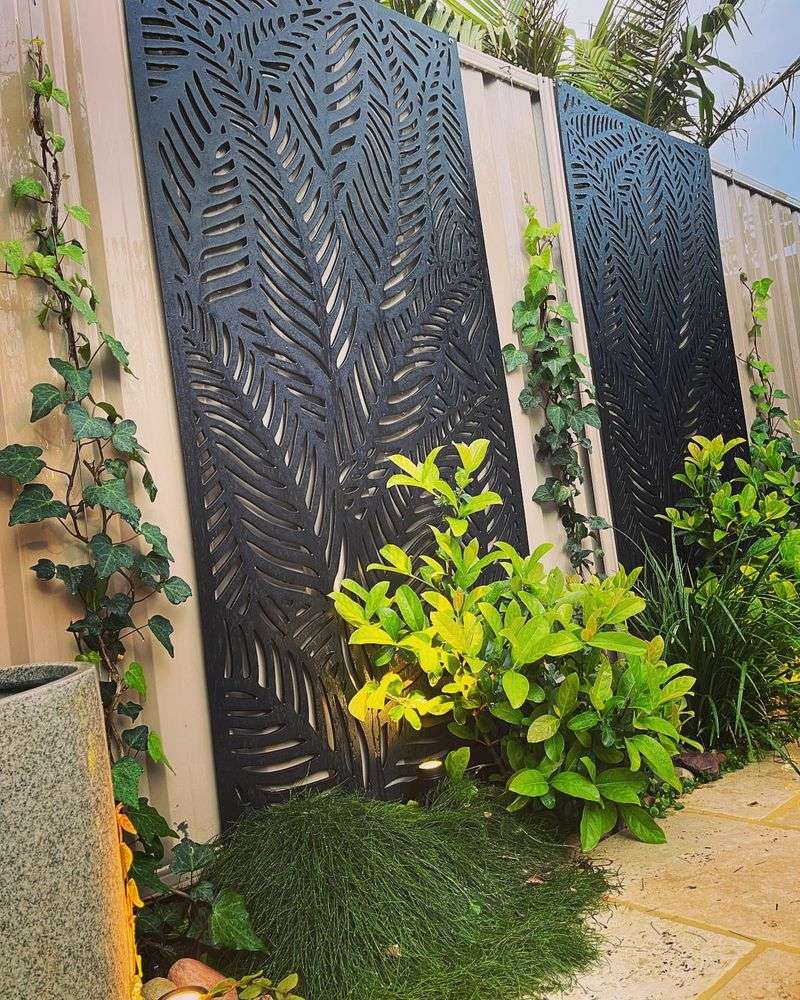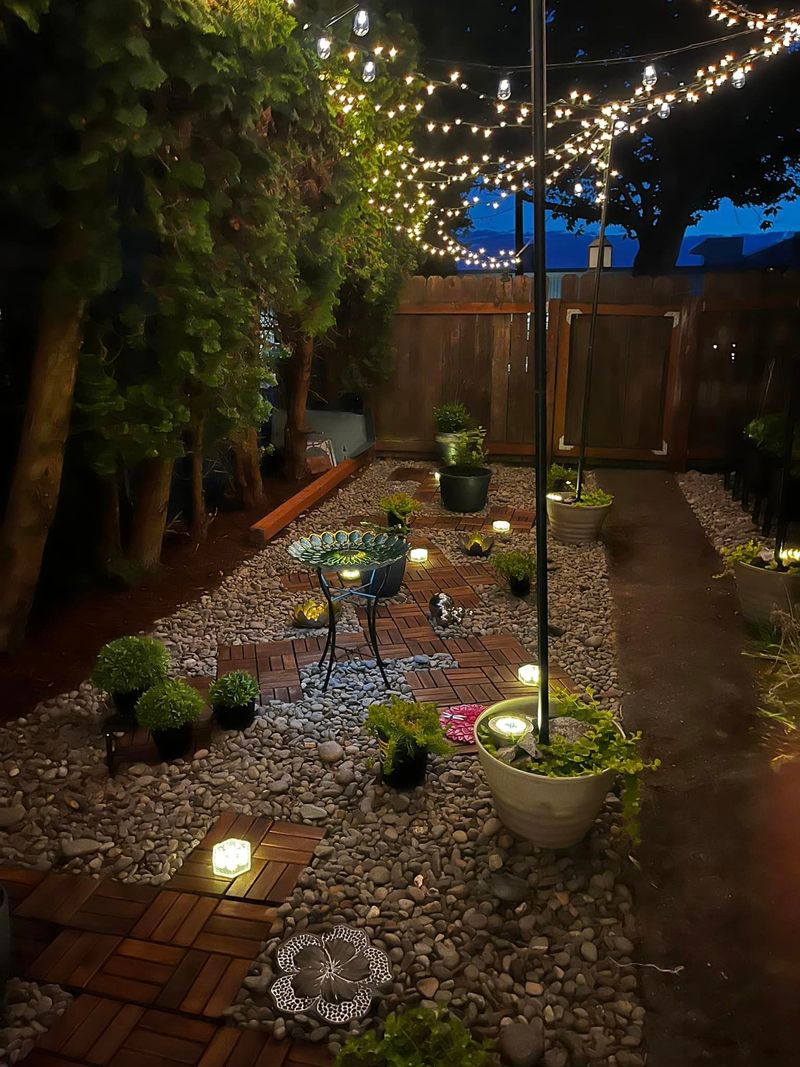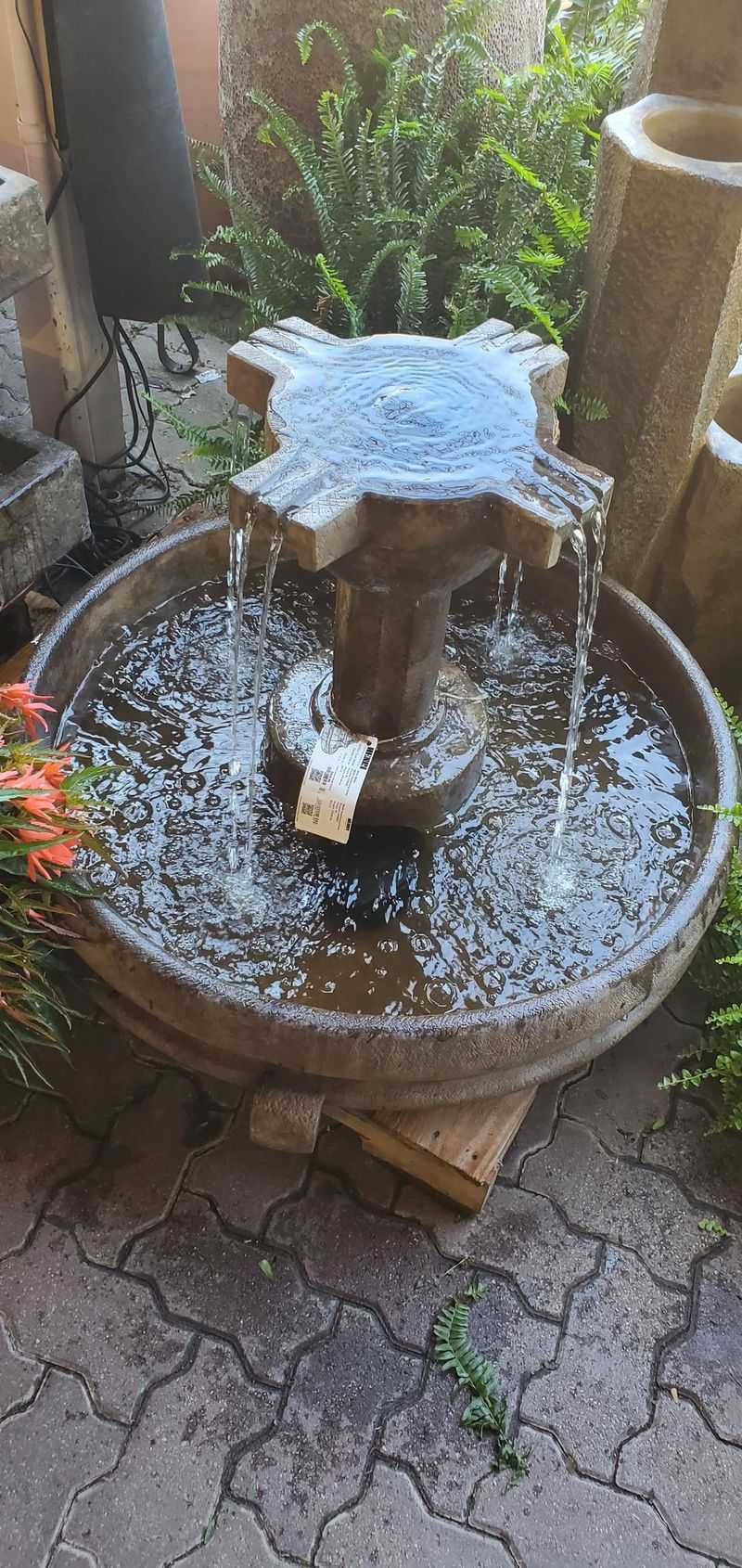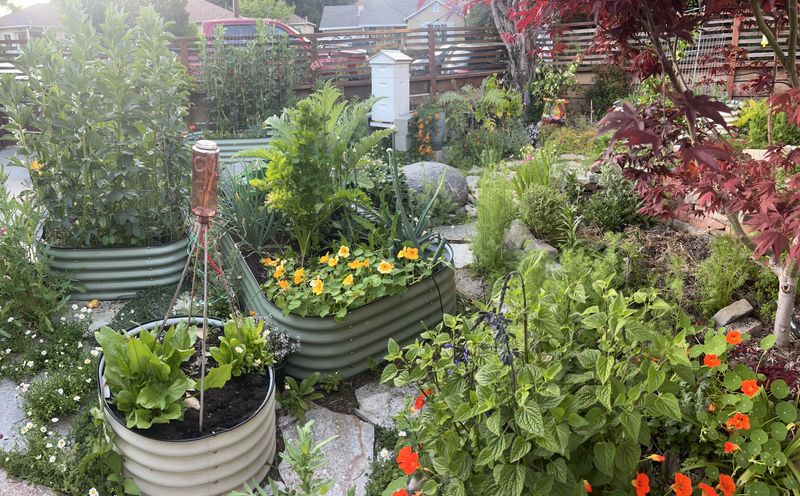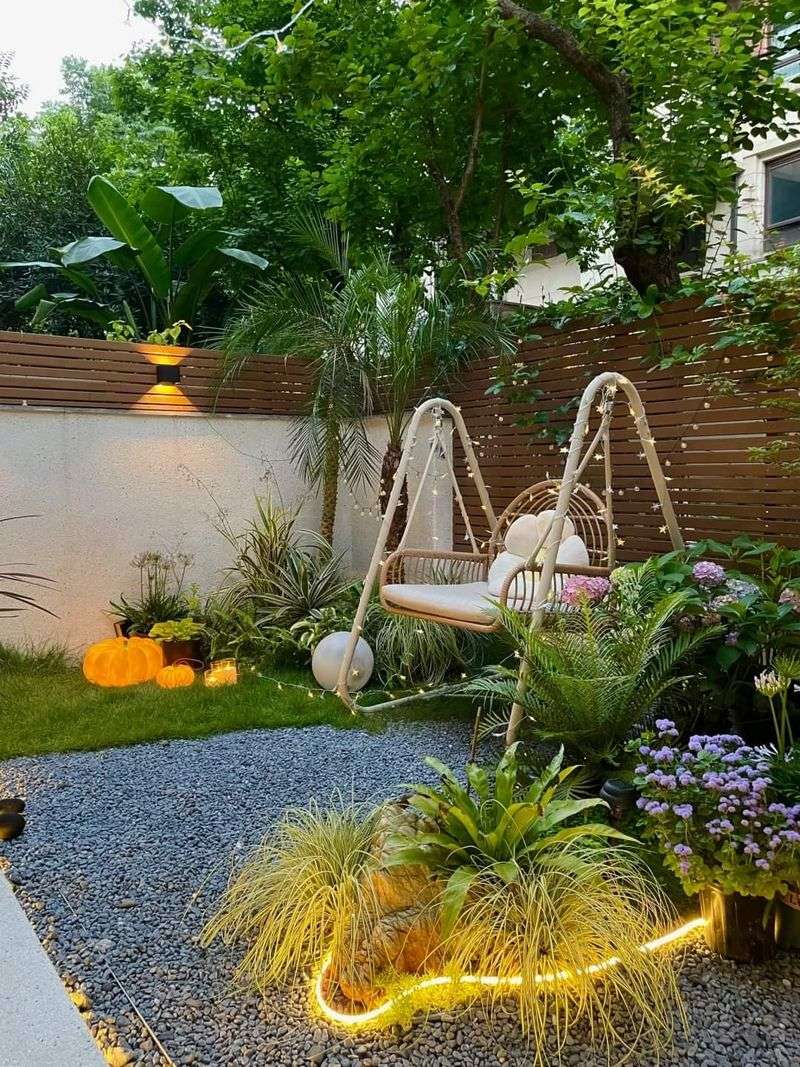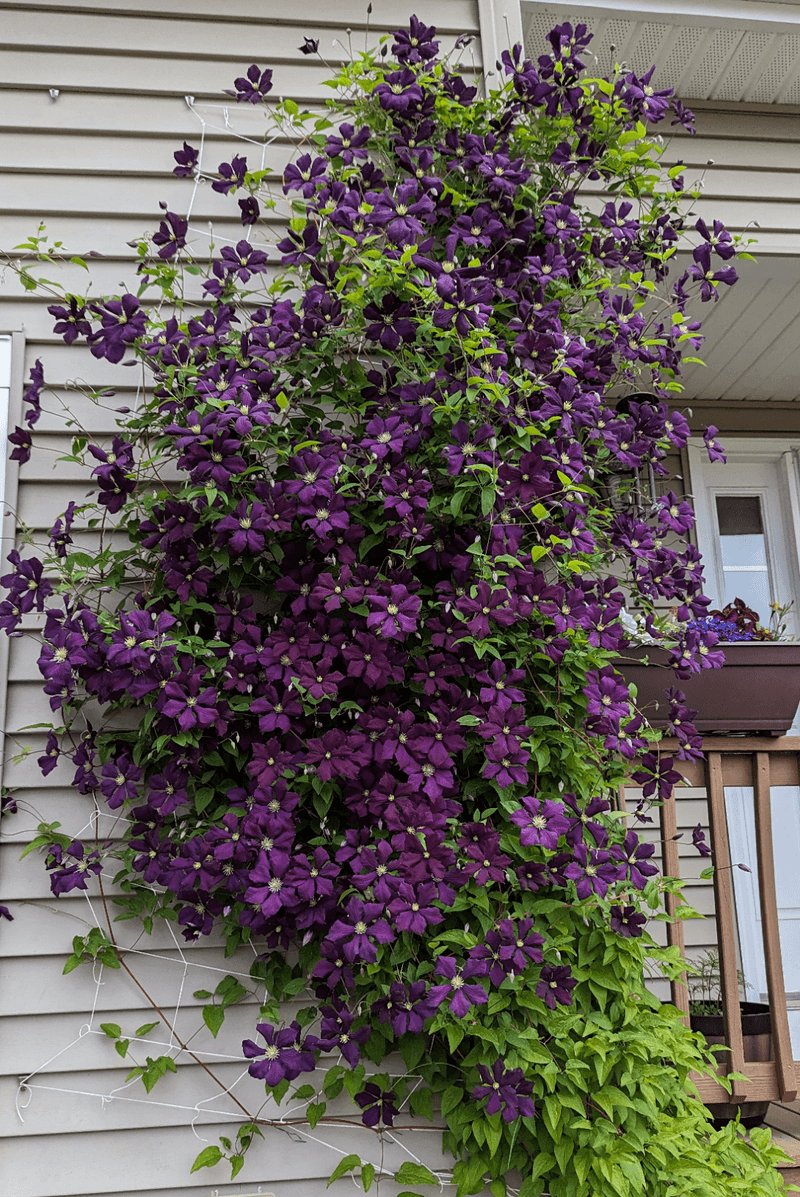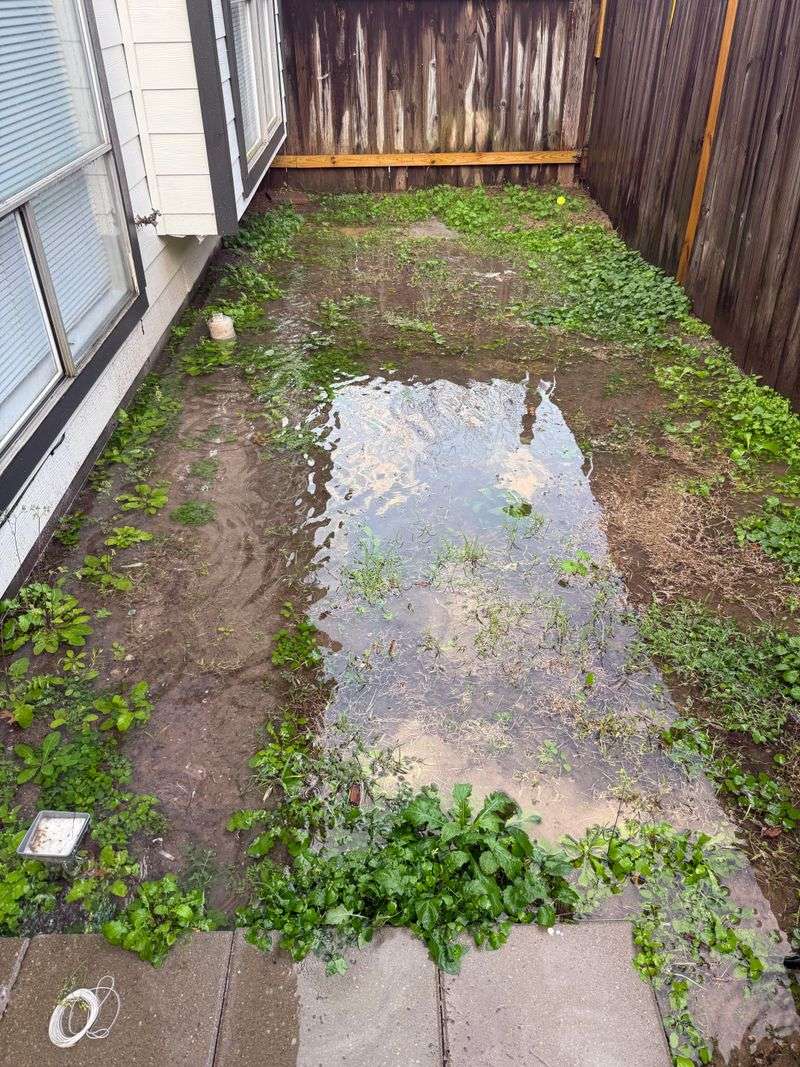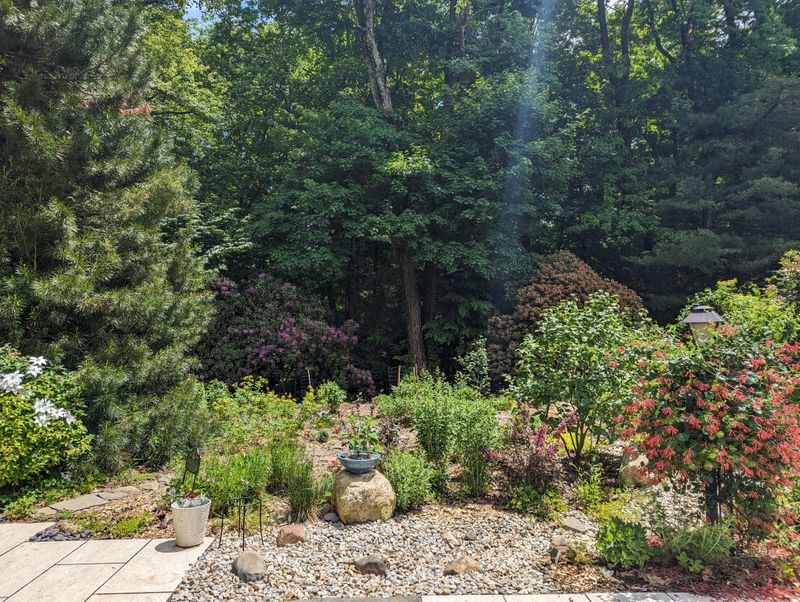Embarking on a DIY landscaping journey can be as rewarding as it is challenging. Before you dig in, it’s essential to arm yourself with some foundational knowledge. This guide will walk you through 28 key insights, tips, and considerations to ensure your landscaping project is both successful and enjoyable.
1. Understanding Your Soil
Your soil is the canvas for your landscaping masterpiece. Knowing its type—whether sandy, clay, or loamy—will guide your plant choices. Soil testing kits are available at most garden centers, providing invaluable insights into nutrient content and pH levels.
Armed with these details, you can choose plants that will thrive in your specific soil conditions. Amending the soil with compost or other organic matter can make a world of difference in plant health.
Remember, good soil preparation is the backbone of any successful garden, setting the stage for vibrant growth and lush foliage.
2. Creating a Master Plan
Crafting a detailed landscaping plan can save you time and money down the road. Begin with a sketch of your property, noting existing structures and natural features. This visual roadmap helps you see how various elements fit together.
Consider the function of each area in your yard—entertainment, relaxation, or gardening. Balance is key, so think about the size and shape of plantings relative to each other and surrounding structures.
A cohesive plan ensures you won’t overlook crucial details and allows for a phased approach, accommodating both budgetary and seasonal constraints.
3. Watering Wisely
Water is the lifeblood of any garden, and efficient watering practices can conserve this precious resource. Installing an efficient irrigation system, like drip irrigation or soaker hoses, ensures plants receive the moisture they need without wastage.
Timing is critical; watering in the early morning minimizes evaporation and fungal diseases. Monitor weather conditions and adjust your watering schedule accordingly—nature’s rain is always the best option.
Remember, overwatering is just as detrimental as underwatering, so aim for a balance that keeps your plants healthy and thriving.
4. Recognizing Microclimates
Microclimates are small areas with distinct climates, offering unique planting opportunities. Your garden may have sunny spots, shaded nooks, or breezy corners, each suited to different plants.
Observing these patterns throughout the day helps in placing plants where they’ll flourish. Southern exposures may scorch some plants, while northern areas might be too cool for others.
Taking advantage of microclimates leads to a diverse and resilient garden, with each plant thriving in its ideal conditions. This strategic placement reduces stress and enhances overall garden vitality.
5. Choosing Native Plants
Native plants are the unsung heroes of any landscape, requiring less maintenance and water while supporting local wildlife. These plants are adapted to the local climate and soil conditions, making them resilient and sustainable choices.
Integrating native species into your garden design can create a harmonious and balanced ecosystem. They attract pollinators like bees and butterflies, increasing your garden’s biodiversity and beauty.
Choosing natives not only ensures a thriving garden but also contributes to the preservation of local flora and fauna, connecting your space to the broader environment.
6. Understanding Sun Patterns
The sun is a crucial garden ally, and understanding its patterns is vital for optimal plant growth. Track how sunlight moves across your garden throughout the day to identify spots that are full sun, partial sun, or shade.
This knowledge assists in selecting and positioning plants where they’ll receive appropriate sunlight, preventing issues like scorched leaves or leggy growth. Consider seasonal changes, as winter and summer sunlight can vary significantly.
Harnessing this natural resource effectively can turn your garden into a thriving paradise with lush, healthy plants basking in just the right amount of light.
7. Planning for Maintenance
A beautiful garden is a commitment, requiring regular maintenance to stay healthy and vibrant. Before planting, consider the time and effort needed for upkeep, including pruning, weeding, and seasonal tasks.
Design with low-maintenance plants if time is limited, or create a schedule to manage more demanding species. Mulching helps retain moisture and reduce weeds, while drip irrigation can automate watering tasks.
A well-maintained garden not only looks attractive but also promotes plant health and longevity, ensuring your landscaping efforts result in a space that delights year-round.
8. Budgeting Your Project
Landscaping can be a significant investment, so establishing a budget is crucial. Costs can quickly add up, from soil amendments to plants and garden furniture. Prioritize your wish list and allocate funds to essential elements first.
Consider phased implementation to spread out expenses, focusing on one area at a time. Keep a contingency fund for unexpected costs, like replacing failed plants or dealing with pest issues.
With careful planning and budgeting, you can create a stunning landscape that aligns with your vision without breaking the bank, all while enjoying the process over time.
9. Choosing the Right Tools
Having the right tools is half the battle in any landscaping project. Invest in quality tools that suit your garden’s needs, from shovels and pruners to wheelbarrows and gloves.
Proper maintenance extends their lifespan, so clean and store them after each use. Specialized tools like soil testers and edgers can make specific tasks easier and more precise.
Equipped with the necessary tools, you’ll tackle each gardening challenge with confidence, ensuring efficiency and safety while turning your landscaping vision into reality.
10. Incorporating Hardscaping
Hardscaping elements like paths, walls, and patios provide structure and functionality to your garden. They create defined spaces, guide movement, and add visual interest.
Consider the materials—stone, wood, or concrete—for durability and aesthetics. Blend them seamlessly with your plants to achieve a harmonious balance between hard and soft elements.
Thoughtful hardscaping can transform your garden into a cohesive, inviting space, enhancing both its beauty and usability while reducing maintenance with clearly defined areas.
11. Embracing Seasonal Changes
Nature’s beauty is ever-changing, and your garden can mirror these cycles. Plan for seasonal interest with a mix of plants that bloom at different times or showcase vibrant fall foliage.
Consider incorporating evergreens for year-round structure and color, ensuring the garden remains lively even in winter. Anticipate seasonal tasks like leaf cleanup or winterizing delicate plants.
Embracing these changes not only adds diversity and excitement to your garden but also creates a dynamic landscape that offers something new to admire each season.
12. Companion Planting Strategies
Companion planting is an age-old technique that enhances garden health and productivity by pairing plants that benefit each other. These combinations can repel pests, improve soil fertility, or maximize space.
For example, planting marigolds near vegetables can deter harmful insects, while beans fix nitrogen, enriching the soil for neighboring plants. Consider plant heights and growth habits to avoid overshadowing.
Incorporating companion planting into your garden plan fosters a thriving, symbiotic environment, where plants support one another, leading to a bountiful and balanced garden.
13. Considering Future Growth
When selecting plants, think beyond their current size and envision their mature form. Trees and shrubs need space to grow, so avoid overcrowding, which leads to competition for resources.
Check plant labels for growth rates and mature dimensions to ensure they fit in your design long-term. Pruning helps manage size and shape but requires regular attention.
Planning for future growth prevents the need for costly relocations or removals, allowing your garden to develop naturally into a lush, harmonious landscape over time.
14. Exploring Edible Landscaping
Edible landscaping merges beauty with utility, offering a feast for the eyes and palate. Integrate fruit trees, berry bushes, and vegetables into your design to enjoy fresh produce right from your garden.
Consider aesthetic appeal; mix textures and colors of edible plants to enhance visual interest. Companion planting can help manage pests naturally, while crop rotation maintains soil health.
This approach provides nutritious rewards and adds a unique dimension to your landscape, where every corner offers the potential for both nourishment and beauty.
15. Controlling Weeds Naturally
Weeds are the unwelcome guests of any garden, competing with plants for nutrients and sunlight. Natural methods like mulching can suppress weed growth while retaining soil moisture.
Hand-pulling is effective but labor-intensive; regular attention prevents weeds from taking hold. Utilize ground covers or dense plantings to reduce space for weeds.
Avoiding chemical herbicides promotes a healthier ecosystem, ensuring your garden’s beauty and productivity without harmful side effects. Embrace these natural strategies for a lush, weed-free landscape.
16. Maximizing Small Spaces
Even the tiniest garden can be a lush oasis with smart planning. Vertical gardening and container plants utilize every inch, bringing greenery to patios, balconies, or small yards.
Select compact or dwarf plant varieties for limited spaces, and incorporate multi-functional elements like trellises or raised beds. Thoughtful design ensures beauty and utility without feeling cramped.
With creativity, small spaces can reflect the grandeur of larger gardens, offering an intimate, inviting green retreat that redefines the possibilities of urban gardening.
17. Building a Wildlife-Friendly Garden
Creating a haven for wildlife enriches your garden, bringing life and movement to the landscape. Birdhouses, bee hotels, and water features attract diverse species, supporting biodiversity.
Native plants provide essential food and habitat, while avoiding pesticides protects these visitors. A wildlife-friendly garden offers both ecological benefits and the joy of observing nature up close.
This approach transforms your outdoor space into a lively ecosystem, enhancing its beauty and ensuring it thrives in harmony with local fauna.
18. Understanding Plant Hardiness
Hardiness zones are critical for selecting plants suited to your climate. These zones indicate the minimum temperatures plants can withstand, guiding choices for long-term success.
Consult a hardiness map to match plants to your region, ensuring they can survive winters and thrive year-round. Local nurseries offer valuable advice on hardy plant options.
Understanding these zones prevents planting mishaps, allowing your garden to flourish with robust, well-adapted species tailored to your specific environment.
19. Practicing Sustainable Gardening
Sustainable gardening minimizes environmental impact while maximizing garden health. Incorporate practices like composting, rainwater harvesting, and using solar-powered garden lights.
Choose organic fertilizers and pest controls to nurture the soil and protect wildlife. A sustainable garden reduces waste and conserves resources, providing eco-friendly beauty.
This mindful approach not only creates a thriving garden but also contributes positively to the environment, ensuring a greener, brighter future for all.
20. Designing for Privacy
Privacy is a prized feature in any garden, creating a personal sanctuary away from prying eyes. Use hedging, trellises, or screens to define boundaries and block unwanted views.
Select fast-growing plants or structures that blend seamlessly with your design. Consider both height and density to ensure effective coverage.
Creating a private retreat allows you to enjoy your garden in peace, fostering a sense of security and intimacy within your outdoor space.
21. Lighting Up Your Landscape
Lighting transforms a garden into a magical space after dark, highlighting features and ensuring safety. Solar lights offer an eco-friendly option, casting warm glows along paths and patios.
Experiment with uplighting or downlighting to create dramatic effects, focusing on trees, sculptures, or water features. Adjustable fixtures allow for flexible design.
Thoughtful lighting design enhances your garden’s beauty and usability, providing a welcoming ambiance that extends enjoyment into the evening hours.
22. Incorporating Water Elements
Water elements add tranquility and movement to any garden, becoming focal points for relaxation. Ponds, fountains, or waterfalls introduce soothing sounds and attract wildlife.
Consider size and style; even small spaces can accommodate a water feature with creative design. Choose pumps and materials that blend with your garden’s aesthetic.
Incorporating water into your landscape enhances its appeal and provides a serene getaway within your own backyard, where the gentle sound of water brings peace and harmony.
23. Creating Multi-Functional Spaces
Designing a garden that serves multiple purposes maximizes its utility and enjoyment. Combine dining, play, and gardening areas to accommodate diverse activities and family needs.
Flexible furniture, like foldable tables or modular seating, adapts to various situations. Consider pathways and transitions for easy movement between spaces.
A multi-functional garden becomes an extension of your living area, offering versatility and enhancing outdoor living without sacrificing beauty or functionality.
24. Choosing Accent Features
Accent features bring personality and charm to your garden, transforming it into a unique expression of style. Whether it’s a bird bath, sculpture, or decorative pots, these elements draw the eye and add interest.
Select pieces that complement your overall design and color scheme, avoiding clutter while enhancing the landscape. Seasonal accents can introduce variety and excitement throughout the year.
These touches personalize your space, reflecting your taste and creating an inviting atmosphere that resonates with visitors and offers endless delight.
25. Balancing Color and Texture
Color and texture are the heart of any garden design, weaving together a tapestry of visual interest. Mix bold colors with subtle hues to create dynamic contrasts, complemented by varied leaf shapes and sizes.
Consider seasonal changes in color and texture to maintain year-round appeal. Evergreens provide consistency, while perennials and annuals offer bursts of vibrant color.
Achieving balance ensures your garden captivates with its harmonious blend of elements, inviting admiration from every angle and making each visit a sensory delight.
26. Training Vines and Climbers
Vines and climbers add vertical interest and lushness, transforming walls and fences into living canvases. Choose flowering varieties like jasmine or clematis for fragrance and beauty.
Train these plants to grow along structures, using supports like trellises or wires. Regular pruning maintains shape and encourages blooms.
Incorporating climbers enhances your garden’s dimensions, offering lush greenery and vibrant flowers that reach for the sky, turning ordinary spaces into extraordinary landscapes.
27. Understanding Drainage
Proper drainage is vital for a healthy garden, preventing waterlogged soil and root rot. Evaluate your landscape’s natural water flow and identify problem areas.
Solutions like French drains or rain gardens can manage excess water effectively, protecting plants and structures. Incorporate permeable materials for paths and patios to aid drainage.
Understanding and addressing drainage issues creates a resilient garden, where plants thrive without the risk of water damage, ensuring beauty and function in harmony with nature.
28. Learning from Nature
Nature is the ultimate teacher, offering lessons in resilience and balance. Observe native ecosystems and mimic their diversity and plant interactions in your garden.
Incorporate a mix of species to create a dynamic, self-sustaining landscape that thrives without constant intervention. This approach reduces maintenance and enhances ecological value.
Learning from nature transforms your garden into a thriving microcosm, where harmony and beauty coexist, fostering a deeper connection to the world beyond your backyard.


